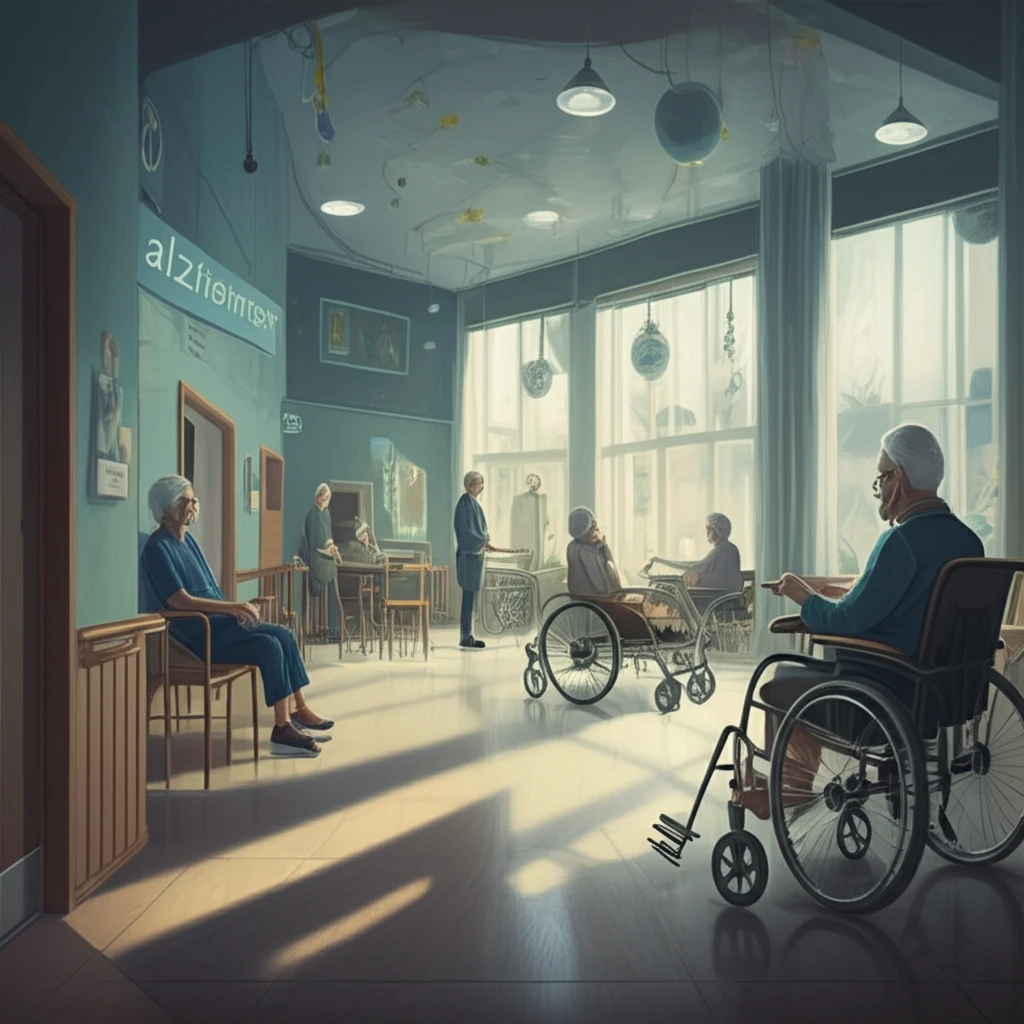
Decoding Dementia: Institutional Approaches to Behavioral Expressions in Alzheimer's Units
"Exploring how specialized Alzheimer's units address and interpret behavioral challenges to enhance patient care and quality of life."
Alzheimer's units within healthcare facilities are designed to provide specialized care for individuals living with dementia. These units address the significant behavioral challenges that often accompany the condition. Understanding how these institutions approach and interpret these behaviors is crucial for enhancing patient care and overall quality of life.
Behavioral expressions in Alzheimer's units can range from agitation and wandering to withdrawal and communication difficulties. These behaviors are often manifestations of the underlying cognitive decline and can be exacerbated by environmental factors, communication barriers, or unmet needs. Effective institutional responses require a comprehensive understanding of these triggers and careful attention to the individual's unique history and circumstances.
This article delves into the strategies employed by specialized Alzheimer's units to interpret and manage behavioral expressions. It highlights the importance of creating supportive environments, fostering effective communication, and implementing person-centered care approaches that prioritize the individual's emotional and psychological well-being.
Creating Supportive Environments: Adapting Spaces for Dementia Care

The physical environment of an Alzheimer's unit plays a crucial role in minimizing triggers for behavioral disturbances. Design elements such as clear signage, familiar objects, and soothing color schemes can help reduce confusion and anxiety. Noise reduction, adequate lighting, and comfortable temperatures also contribute to a more calming atmosphere.
- Optimize sensory input: Reduce noise and glare; provide soft, diffuse lighting.
- Use familiar cues: Incorporate personal belongings and recognizable furniture.
- Ensure safety: Minimize hazards such as slippery floors and sharp edges.
- Promote orientation: Use clear signage and visual cues to aid navigation.
- Provide comfortable spaces: Create quiet areas for rest and relaxation.
The Future of Dementia Care: Innovations and Ongoing Efforts
Continued research and innovation are essential to improving the care and support for individuals living with dementia. This includes exploring new therapies, refining environmental design strategies, and developing more effective communication techniques. By embracing a collaborative approach and prioritizing person-centered care, institutions can create Alzheimer's units that truly enhance the quality of life for their residents.
